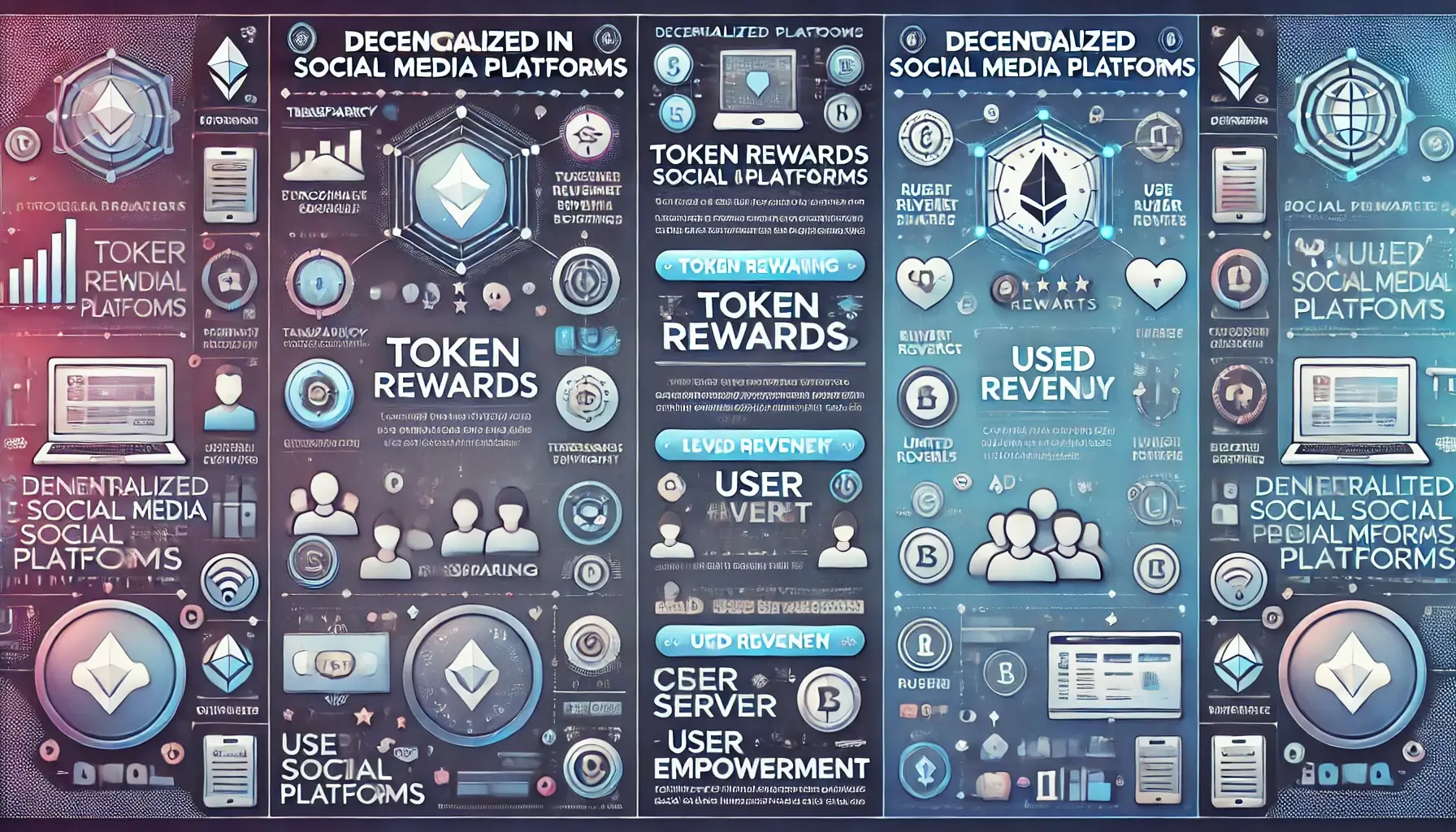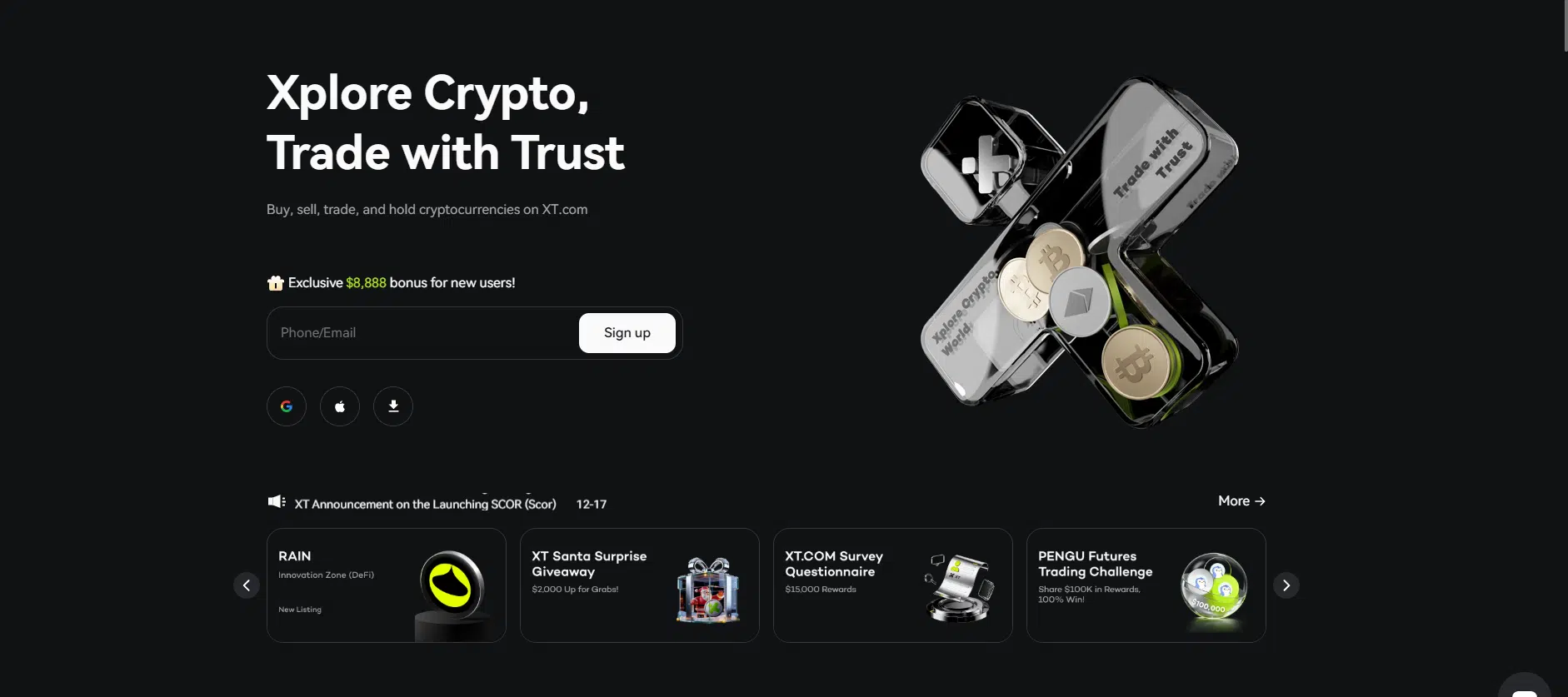Airdrops in decentralized social networks are becoming a defining feature of Web3 technology. As platforms like Lens Protocol and DeSo strive to create blockchain-based social ecosystems, airdrops are offering an innovative way to attract users, incentivize engagement, and build vibrant communities. By distributing tokens as rewards for participation, these platforms are promoting growth while empowering users to take ownership of their social media experience.
1. Rewarding Early Adopters
In the decentralized social space, airdrops are being widely used to reward early adopters who join platforms during their initial stages. These rewards, often distributed as governance or utility tokens, are helping platforms gain critical momentum.
For example:
- Lens Protocol rewarded its first batch of users with tokens for creating accounts and experimenting with its decentralized social features.
- Similarly, DeSo distributed incentives to encourage users to engage early, creating a solid foundation for further adoption.
By targeting early adopters, decentralized platforms are not only growing their user base but also fostering a sense of loyalty and community ownership.
2. Incentivizing Content Creation and Sharing
Content creators are essential for the success of any social network. Decentralized social platforms are leveraging airdrops to reward creators who contribute valuable content or actively engage with the community.
- Steemit was one of the pioneers, offering token rewards to creators for publishing quality content.
- Platforms like Mirror.xyz, a decentralized publishing platform, use token rewards to motivate writers and encourage collaboration.
These incentives are providing creators with a sustainable revenue model while driving high-quality content creation on decentralized platforms.
3. Promoting User Interaction and Engagement
Airdrops are also being used to boost engagement by rewarding users for everyday activities like liking, commenting, and sharing posts.
Examples:
- Farcaster has incentivized user interactions by offering tokens to participants who actively engage in discussions.
- SoMee Social rewards users with tokens for performing simple actions such as liking or sharing content, fostering greater interaction across the platform.
This strategy is ensuring that users remain actively involved, thereby creating vibrant and engaged communities.

4. Driving Governance Participation
Governance is a cornerstone of decentralized social networks. Airdrops are distributing governance tokens to users, enabling them to participate in key decisions such as platform policies, upgrades, and tokenomics.
- Bluesky, Jack Dorsey’s decentralized social project, plans to use airdrops to empower its community with governance capabilities.
- Governance-focused platforms like Aragon and DAOstack have also distributed tokens to users, emphasizing the importance of community-driven decision-making.
By aligning user incentives with platform growth, governance airdrops are fostering a culture of collaborative ownership and trust.
5. Encouraging the Migration from Web2 to Web3
Transitioning users from Web2 platforms like Facebook and Twitter to Web3-based decentralized alternatives is a significant challenge. Airdrops are helping bridge this gap by reducing the financial risks associated with trying out new platforms.
- Platforms like Peepeth reward users with tokens for joining and engaging, providing an easy way for users to explore decentralized functionalities.
- DTube, a blockchain-based video platform, uses tokenized rewards to attract creators and viewers from YouTube.
This approach is introducing millions of users to the benefits of decentralization, ensuring wider adoption of blockchain technology.
6. Attracting Influencers and Their Communities
Influencers are key players in driving the adoption of decentralized platforms. By offering targeted airdrops to influencers, platforms can onboard entire communities of followers.
- BitClout incentivized influencers by airdropping tokens to verified accounts, encouraging them to explore decentralized social media.
- Voice used similar strategies, rewarding influencers to promote its blockchain-based ecosystem.
These initiatives are not only enhancing platform visibility but also accelerating the adoption of decentralized technologies among mainstream audiences.
7. Addressing Challenges in Airdrop Strategies
Despite their success, airdrop strategies face challenges like token abuse and superficial engagement. To address these issues, decentralized platforms are adopting:
- Vesting schedules to ensure tokens are distributed gradually and used meaningfully.
- Activity-based rewards that prioritize genuine user contributions over passive participation.
These solutions are maintaining the value of token rewards while ensuring that airdrops deliver long-term benefits to both users and platforms.
Conclusion
Airdrops are proving to be a transformative tool for decentralized social networks. From rewarding early adopters to incentivizing content creation, engagement, and governance participation, airdrops are fostering the growth of blockchain-based social platforms. By addressing challenges and implementing thoughtful reward systems, platforms like Lens Protocol, DeSo, and SoMee Social are ensuring that airdrops remain a key driver of user adoption and engagement.
For more insights and detailed guides on blockchain applications, visit our Blockchain Technology Guides.
Stay Updated
For the latest updates on decentralized social networks and blockchain innovations, follow us on:
Special Offer
Ready to explore decentralized social networks and earn rewards? Sign up on Bybit today and claim up to $30,000 in deposit bonuses. Dive into Web3 with confidence and get rewarded for your participation.















